Distinguished Professor Sang Yup Lee of the Department of Chemical and Biomolecular Engineering, Korea Advanced Institute of Science and Technology (KAIST) was elected as a foreign associate to the US National Academy of Sciences (NAS) on May 2nd.
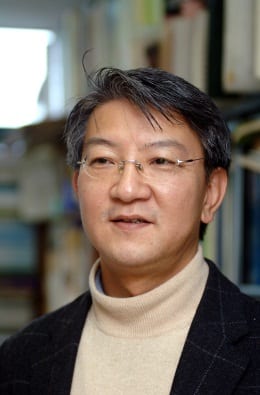

Distinguished Professor Sang Yup Lee of the Department of Chemical and Biomolecular Engineering, Korea Advanced Institute of Science and Technology (KAIST) was elected as a foreign associate to the US National Academy of Sciences (NAS) on May 2nd.
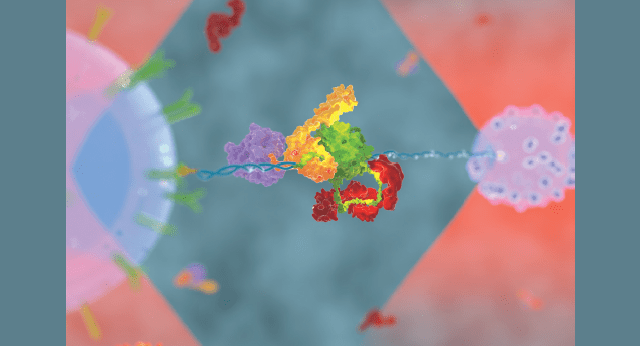
Protein Science has published a Special Issue on Molecular Machines guest edited by Carlos Bustamante from the Laboratory of Single Molecule Biophysics at UC Berkeley. Each living cell, whether prokaryotic or eukaryotic, is a microscopic but complex structure. Its...
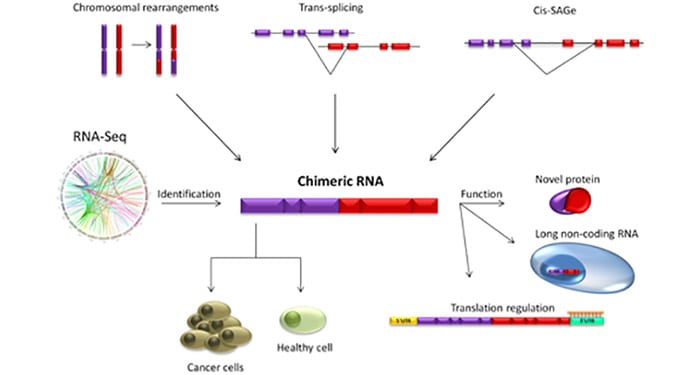
Chimeric RNAs can be generated by not only chromosomal rearrangements at the DNA level, but also intergenic splicing at the RNA level. Chimeric RNAs are demonstrated to be not the elusive features of cancer cells, but also present in normal physiology and with diverse functions.

An overview of how synaptic transmission is assayed in the Drosophila neuromuscular and central nervous systems.

This week’s Advanced Healthcare Materials covers.

The 31st Annual Symposium of the Protein Society will take place in Montreal, Canada. To commemorate this spectacular event and to celebrate our Canadian authors, a Virtual Issue in Protein Science is presented featuring the best of recent Canadian published papers.

This month’s top Advanced Healthcare Materials papers.
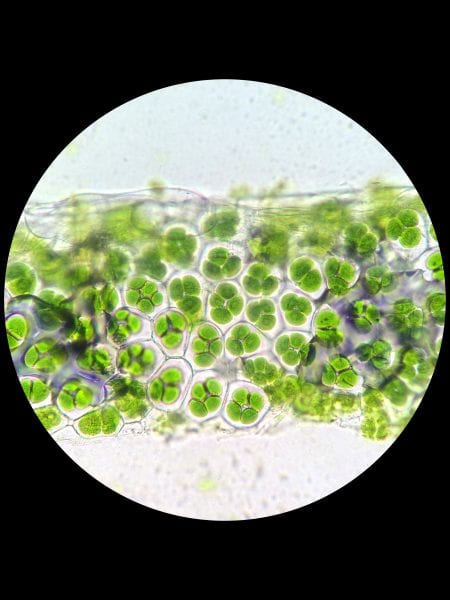
Organelle-localized RNA recognition motif-containing proteins participate in a variety of RNA-related processes, including RNA editing, RNA processing, and RNA stability.
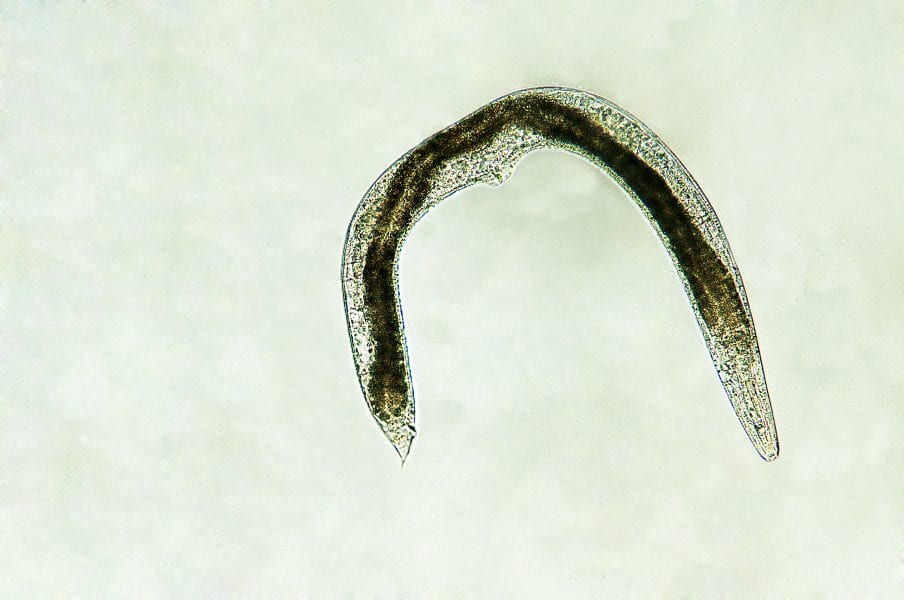
Interestingly, C. elegans is capable of a remarkable case of phenotypic plasticity, called the dauer stage, where it is capable of surviving without food for three months. (Image credit: D. Kucharski K. Kucharska/Shutterstock)
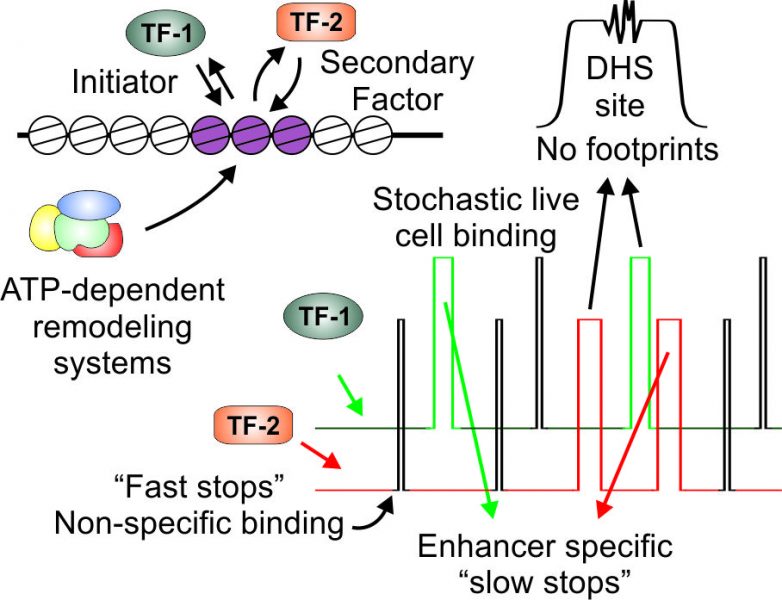
In live cells, many enhancer-binding transcription factors exchange rapidly with their binding sites and leave no footprints in chromatin. Available data suggests a highly dynamic mechanism for enhancer activation, involving numerous stochastic binding events at a target enhancer.